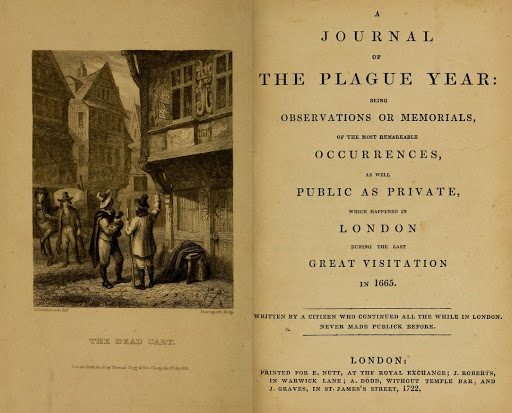 Read The Big Wall (in French), a manga by Yoji Kamata & Kunihiko Yokomizo, which my wife bought me while visiting the mountaineering Éditions Guérin in Chamonix. This is in fact a collection of seven stories about climbing and mountaineering, in Japan, the Himalayas, and Canada, all related with the same central climber. It is a bit similar to The Summit of the Gods, another if much earlier gift from my wife!, in that an outstanding climber, Yasushi, faces extreme situations, saves lesser climbers’ live while trying to solve a personal dilemma. The similarity extends to the highly unrealistic climbing situations where Yasushi survives despite all odds! I also finished Pascale Quiviger’s Royaume de Pierre d’Angle (3), again in French, with many more days and less enthusiasm than the earlier volumes as the story pace drags down to a confrontation between both royal brothers, with too many Deus ex Machina moments and the sad erosion of the ethics of
Read The Big Wall (in French), a manga by Yoji Kamata & Kunihiko Yokomizo, which my wife bought me while visiting the mountaineering Éditions Guérin in Chamonix. This is in fact a collection of seven stories about climbing and mountaineering, in Japan, the Himalayas, and Canada, all related with the same central climber. It is a bit similar to The Summit of the Gods, another if much earlier gift from my wife!, in that an outstanding climber, Yasushi, faces extreme situations, saves lesser climbers’ live while trying to solve a personal dilemma. The similarity extends to the highly unrealistic climbing situations where Yasushi survives despite all odds! I also finished Pascale Quiviger’s Royaume de Pierre d’Angle (3), again in French, with many more days and less enthusiasm than the earlier volumes as the story pace drags down to a confrontation between both royal brothers, with too many Deus ex Machina moments and the sad erosion of the ethics of  Thibault, the current (and reluctant) king. I also started reading (the French translation) of Along the Tōkaidō trail, (Tōkaidōchū Hizakurige, 東海道中膝栗毛), by Jippensha Ikkû, which is a 1802 touring guide of the road between Tōkyō (Edo) and Kyōto, and its famous 53 stations celebrated by Utagawa Hiroshige in famous woodcuts. Its main appeal is that the guide is a pretext for a ribald novel about two rascals walking the road and the depiction of the Japan life and popular culture in the early days of the Edo Period. However, it is neither a bedside nor a travel book, since I need permanent access to internet to locate place, check the corresponding HIroshige woodprints, and read through the numerous footnotes explaining puns (like its title translating as Shank’s Mare) or special traditions, therefore travelling quite slowly on the Tōkaidō trail!
Thibault, the current (and reluctant) king. I also started reading (the French translation) of Along the Tōkaidō trail, (Tōkaidōchū Hizakurige, 東海道中膝栗毛), by Jippensha Ikkû, which is a 1802 touring guide of the road between Tōkyō (Edo) and Kyōto, and its famous 53 stations celebrated by Utagawa Hiroshige in famous woodcuts. Its main appeal is that the guide is a pretext for a ribald novel about two rascals walking the road and the depiction of the Japan life and popular culture in the early days of the Edo Period. However, it is neither a bedside nor a travel book, since I need permanent access to internet to locate place, check the corresponding HIroshige woodprints, and read through the numerous footnotes explaining puns (like its title translating as Shank’s Mare) or special traditions, therefore travelling quite slowly on the Tōkaidō trail!
Cooked most days upon returning from the Alps, if nothing particularly novel, except for pissaladières made with Moroccan msemen basis rather than foccacia bread, since they were sold in the local bakery during Ramadan (along with Moroccan pastillas that were in high demand!). Making these “Nice pizzas” a quick dinner option, for only requiring frying onions for a few minutes and adding anchovies. I also made a few jars of hazelnut butter, upon advice from a visiting friend for using the bags of hazelnuts collected in late summer by my mother a few years ago! They had predictably turned sour but enough torrefaction hid the sourness to make the butter enjoyable (after a few attempts).
Watched a Netflix attempt at Judge Dee stories, which I found lacking when comparing with the original books by Robert van Gulik, especially since it is very loosely connected with some van Gulik’s stories (like The Chinese Bell Murders, The Chinese Gold Murders, The Haunted Monastery, The Lacquer Screen, The Red Pavilion). In addition, the underlying threat from a mysterious revolutionary organisation ruins the purpose of the story and the sleuthing abilities of Judge Dee often appear secondary. Some aspects remain appealing, like in the story centred on a puppet theatre show or the one where the central imperial authority gets questioned by the population of a Gobi town. Overall, I also disliked highly unrealistic resolutions (like the one involving a parting of the sea that was even more unbelievable than in the Ten Commandments!) and the very slow progress of Dee’s relationship with a courtesan whose past life is deeply intertwined with Dee’s family history (and missing from the books).









